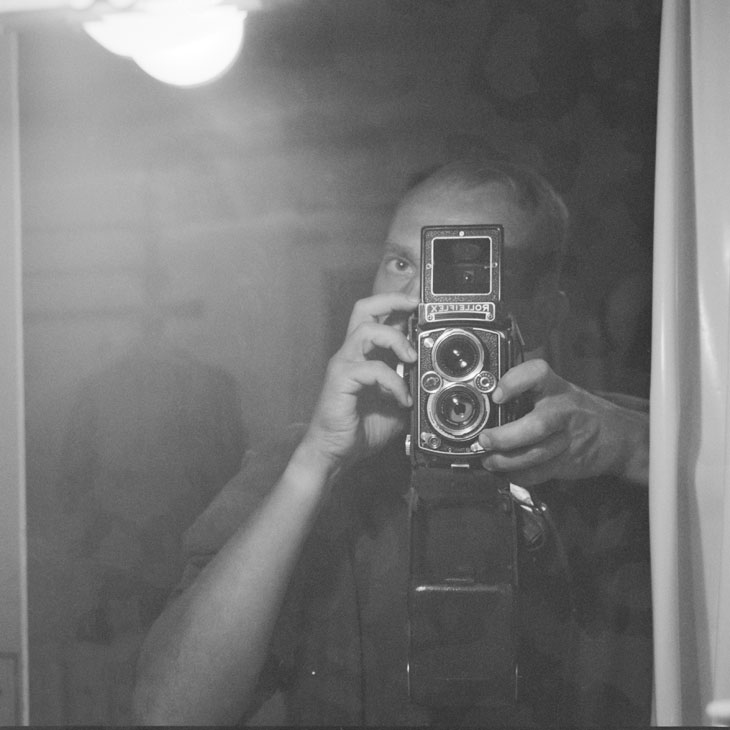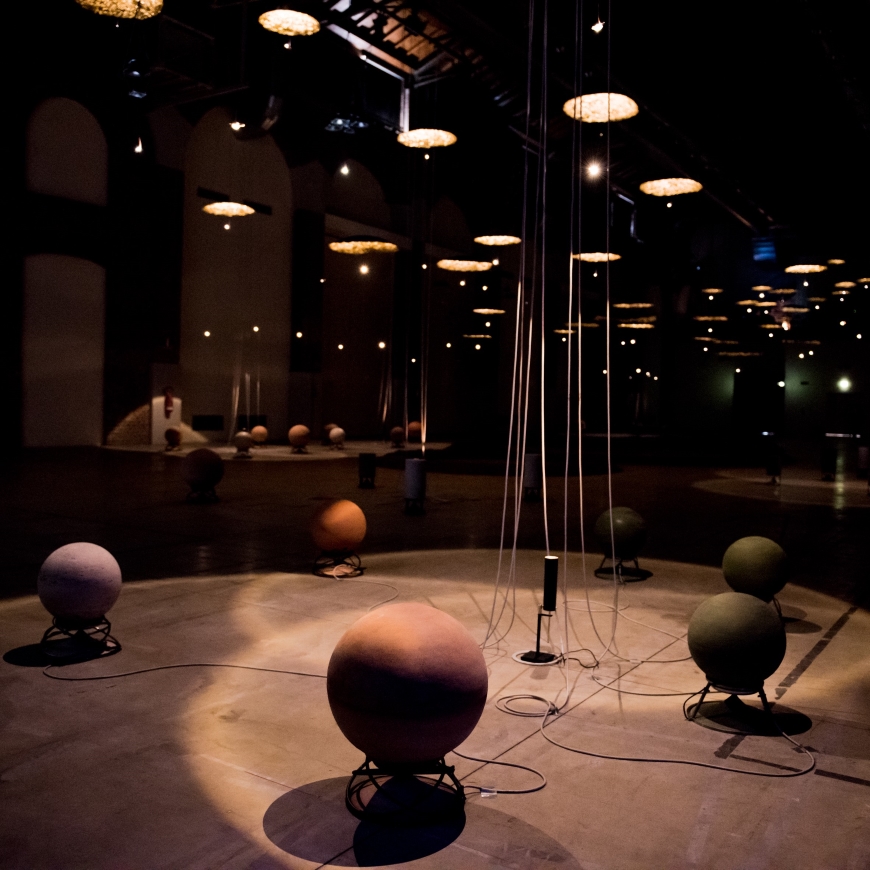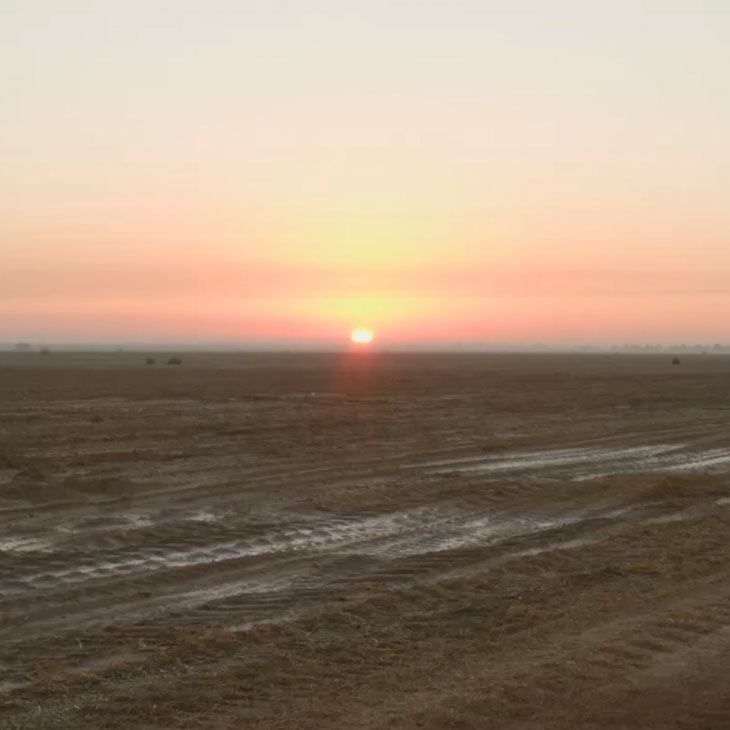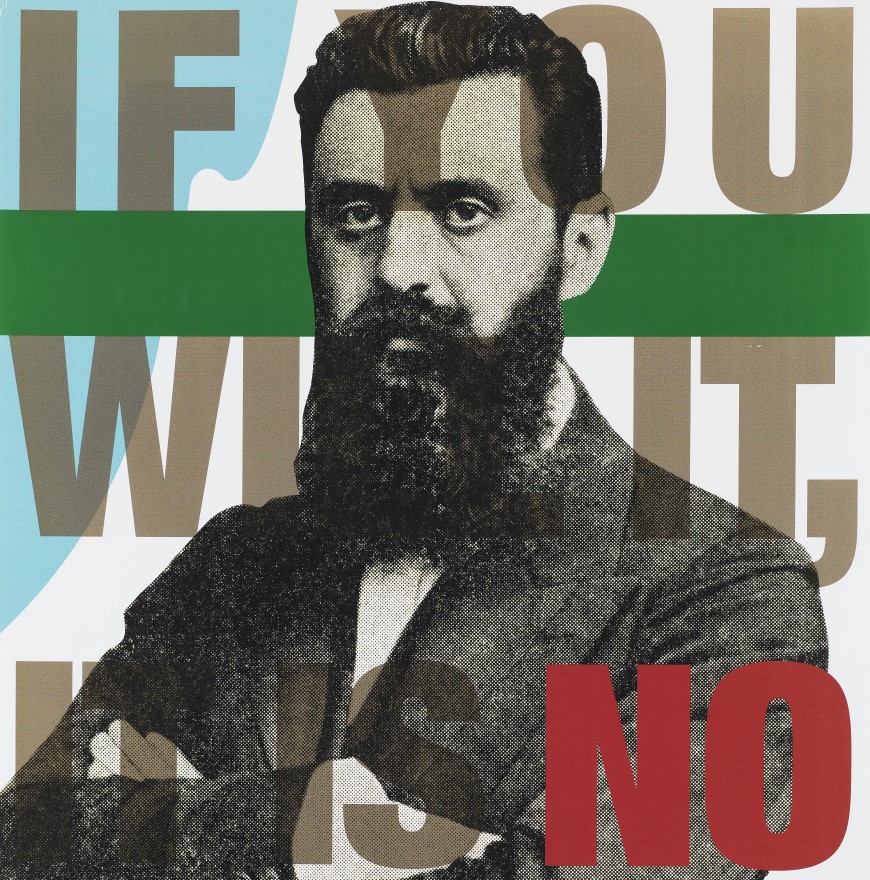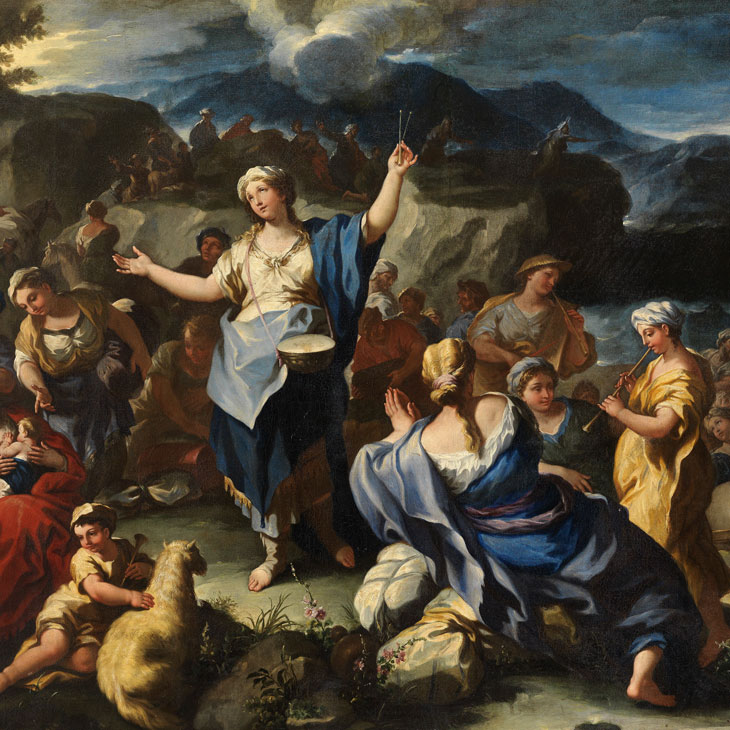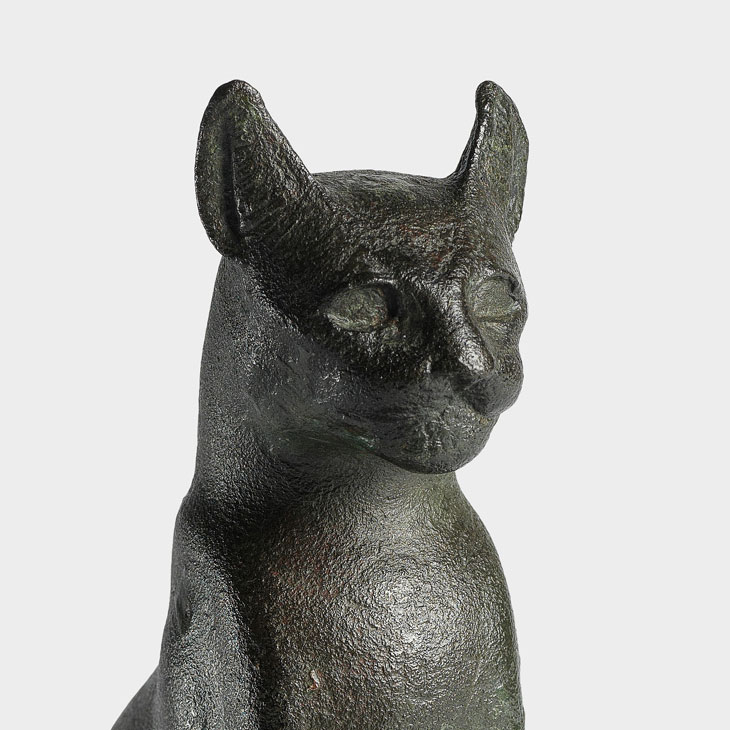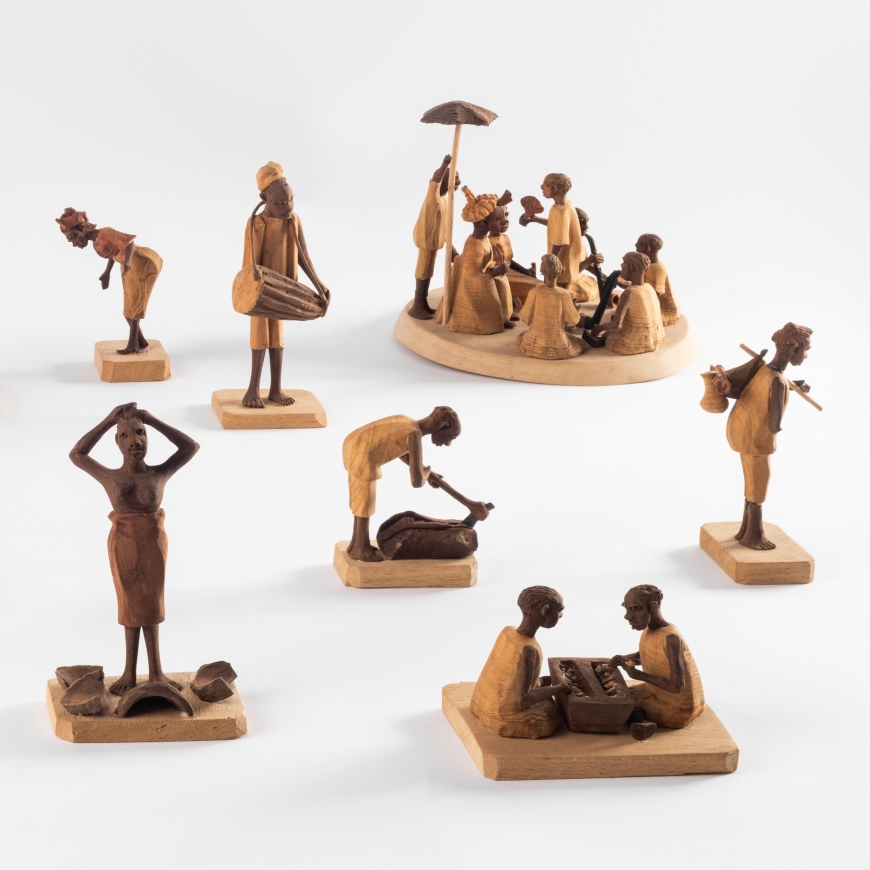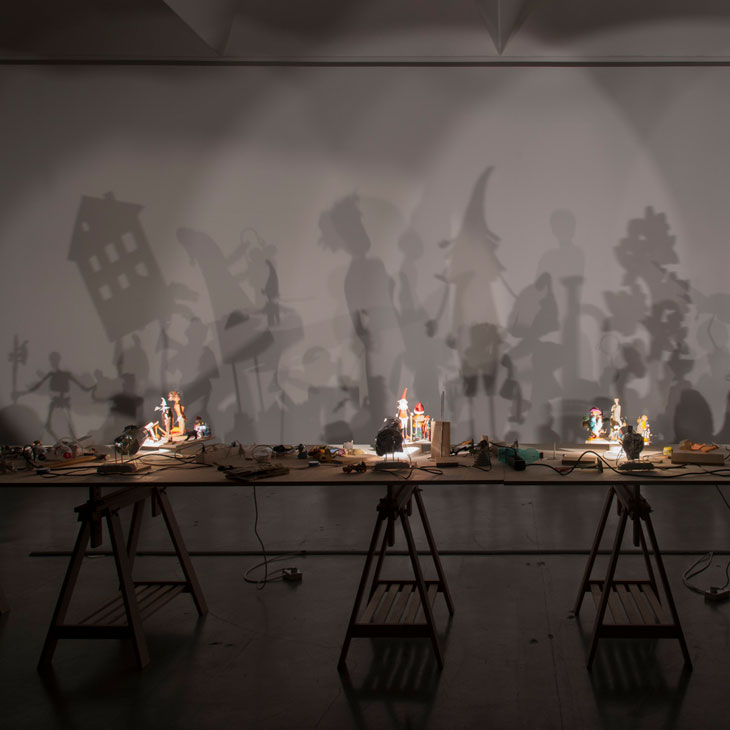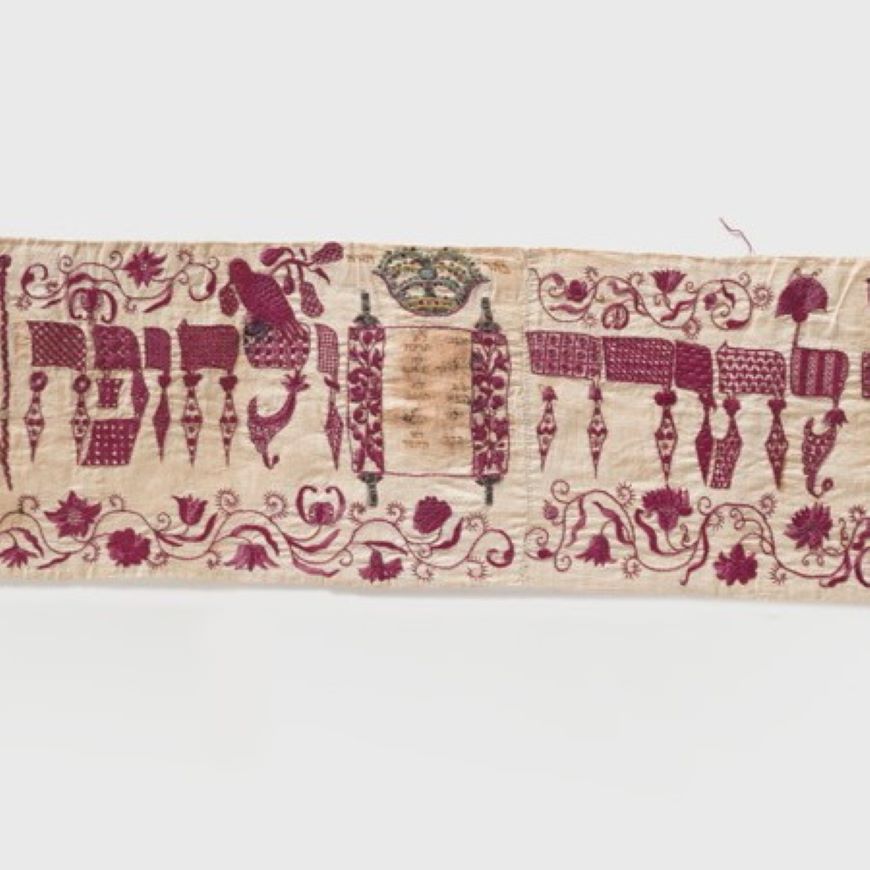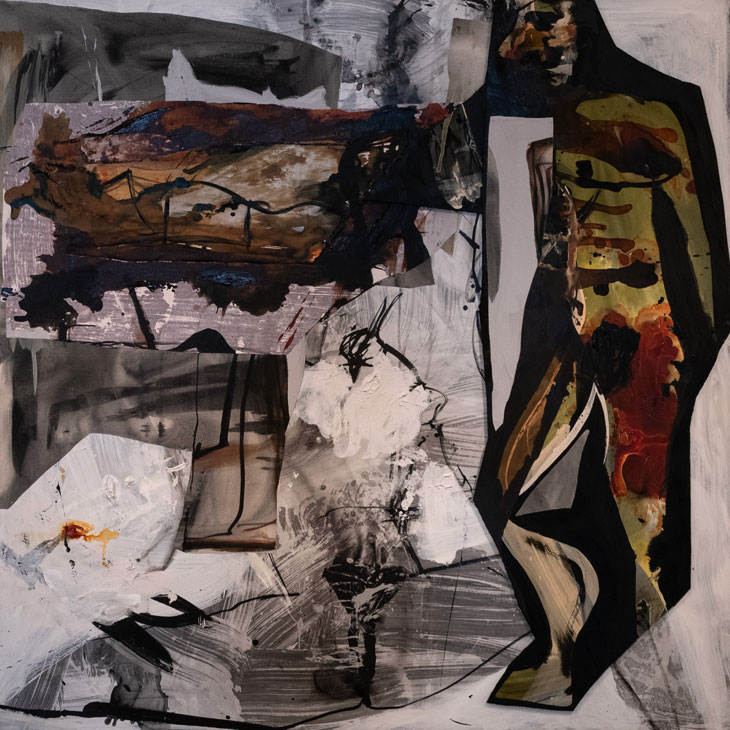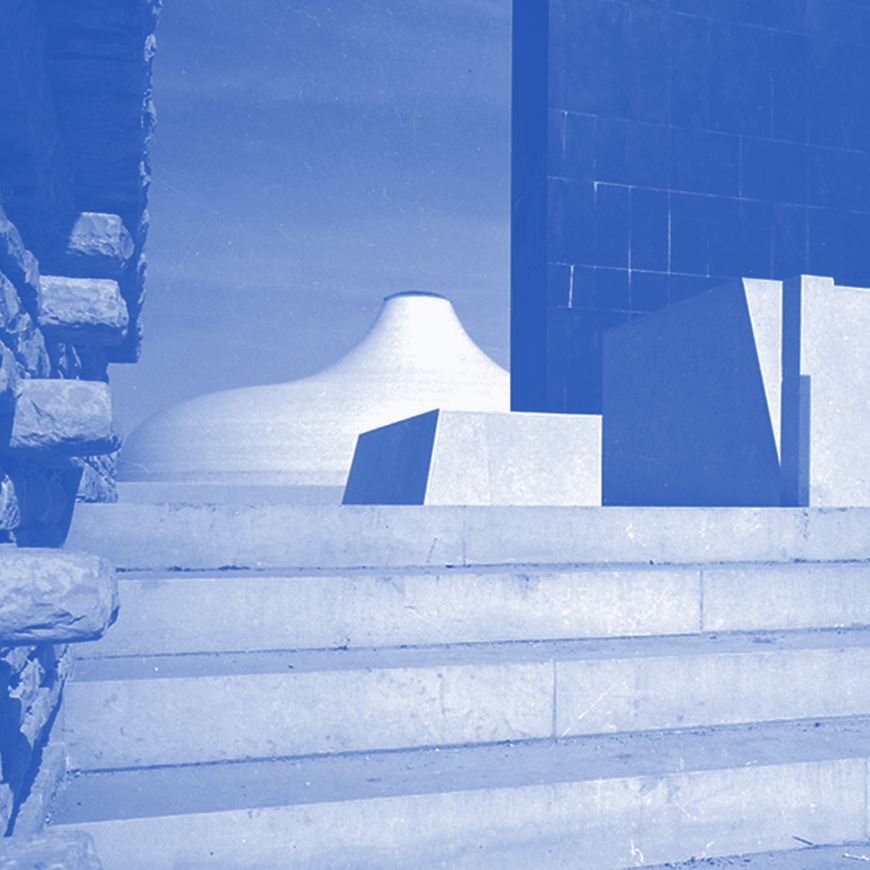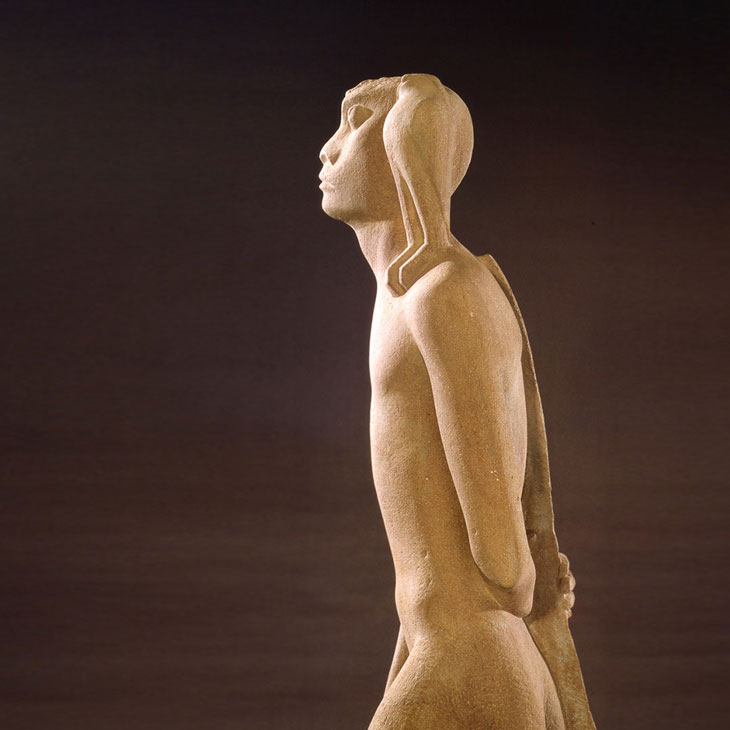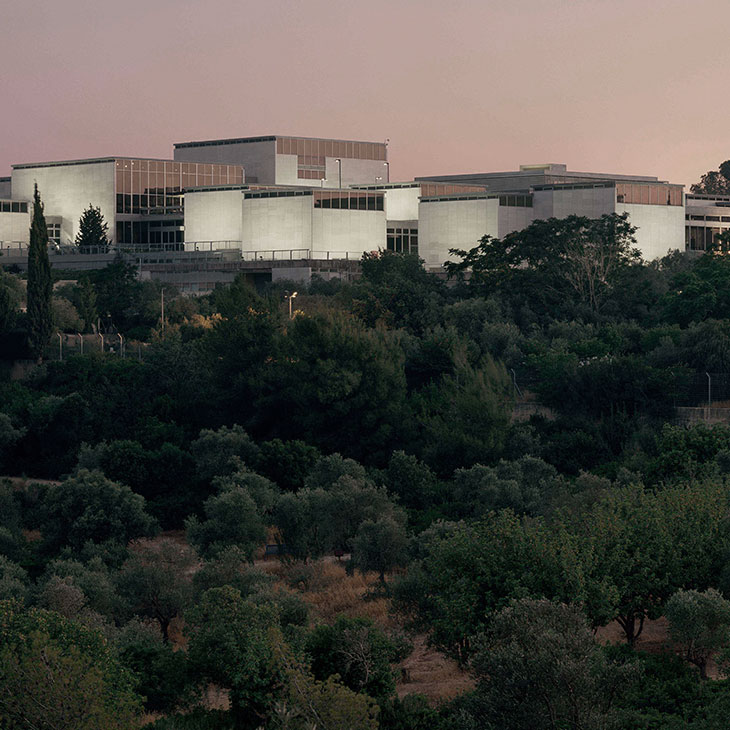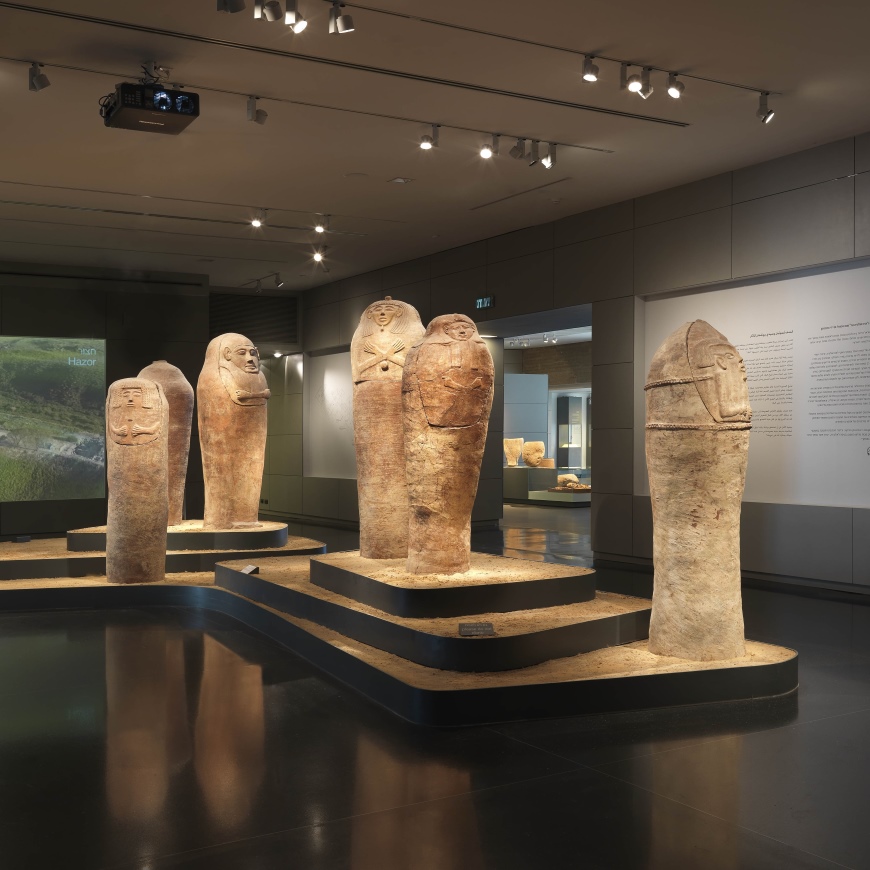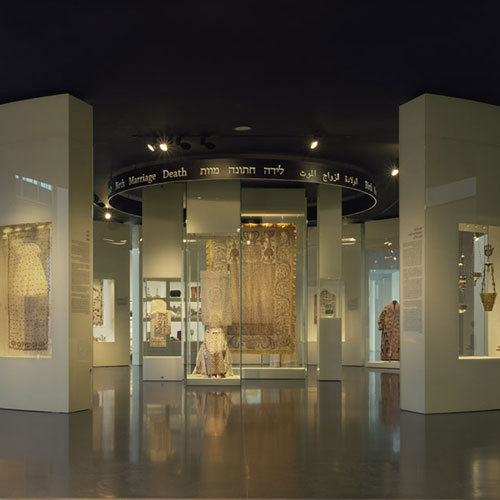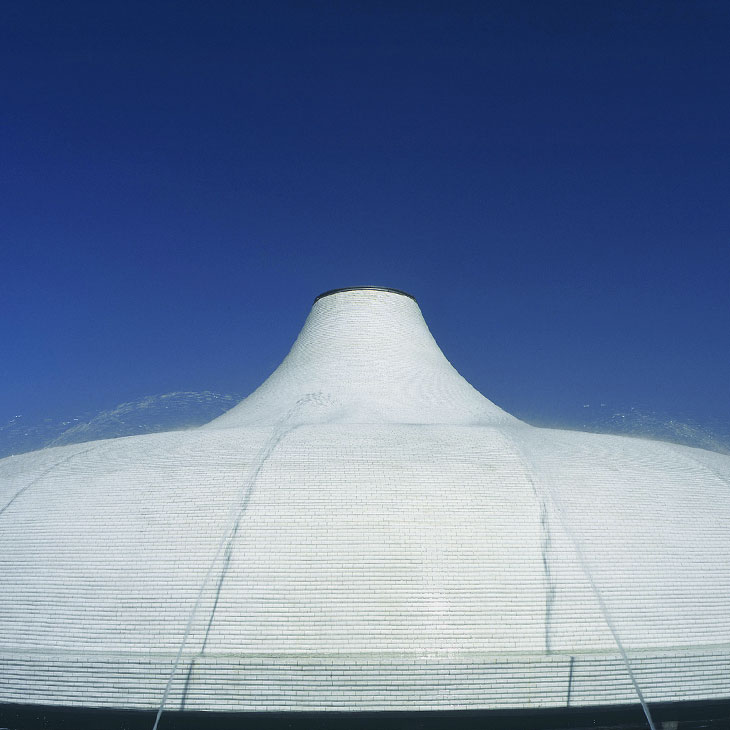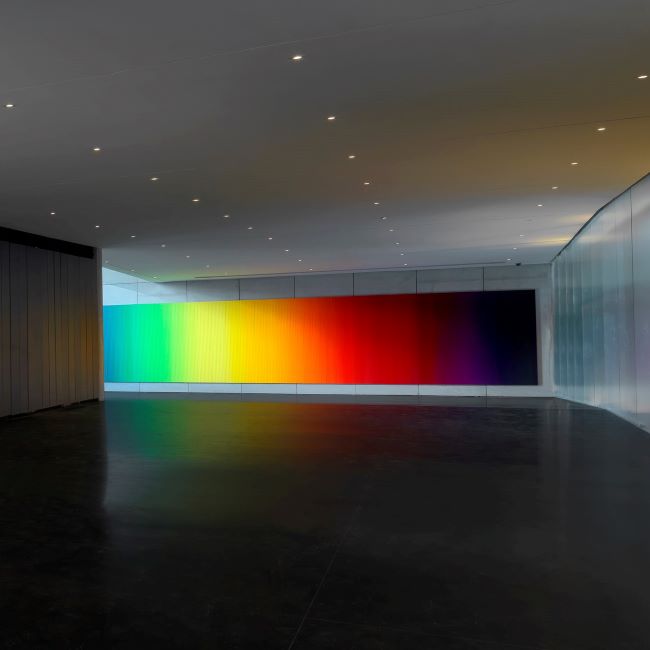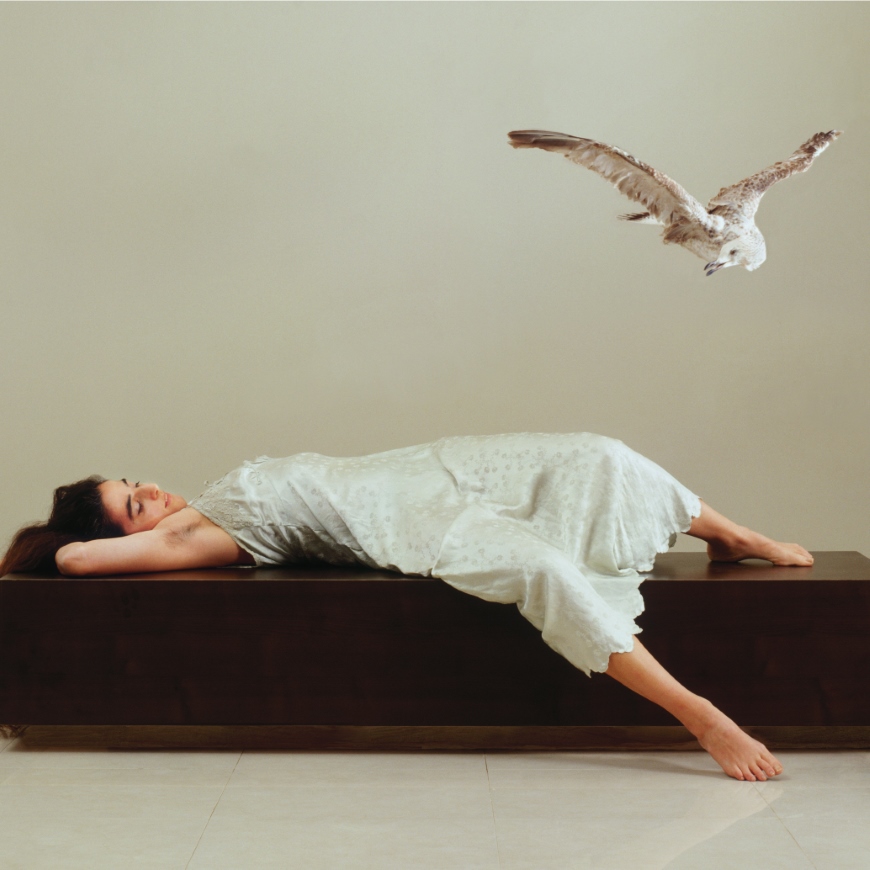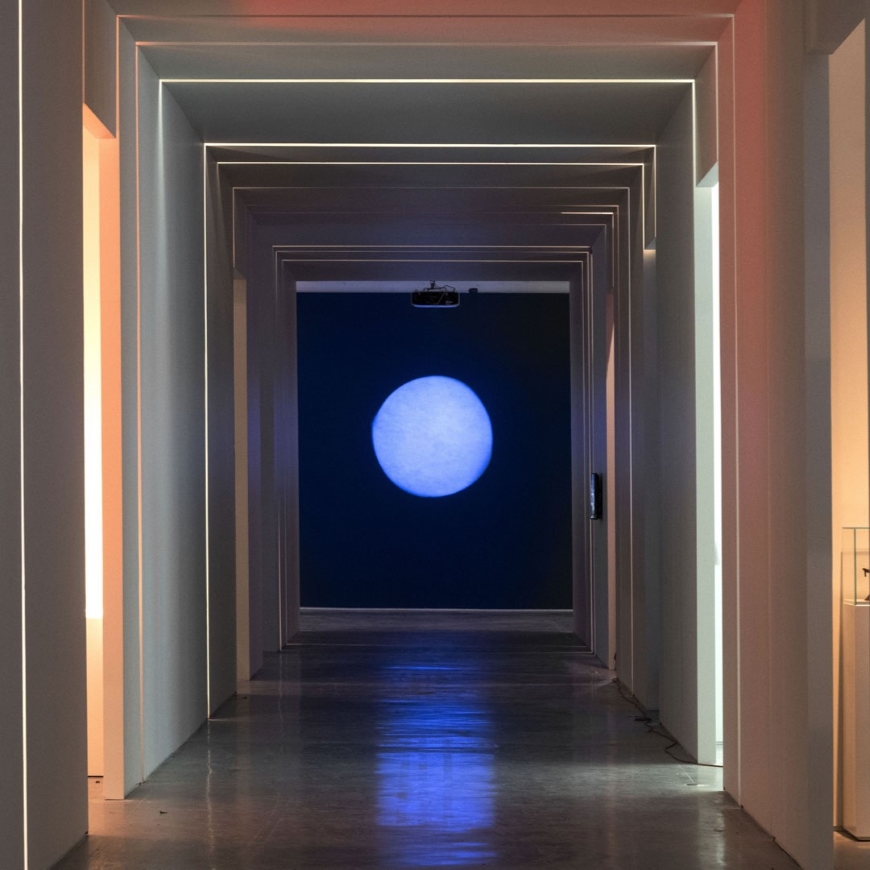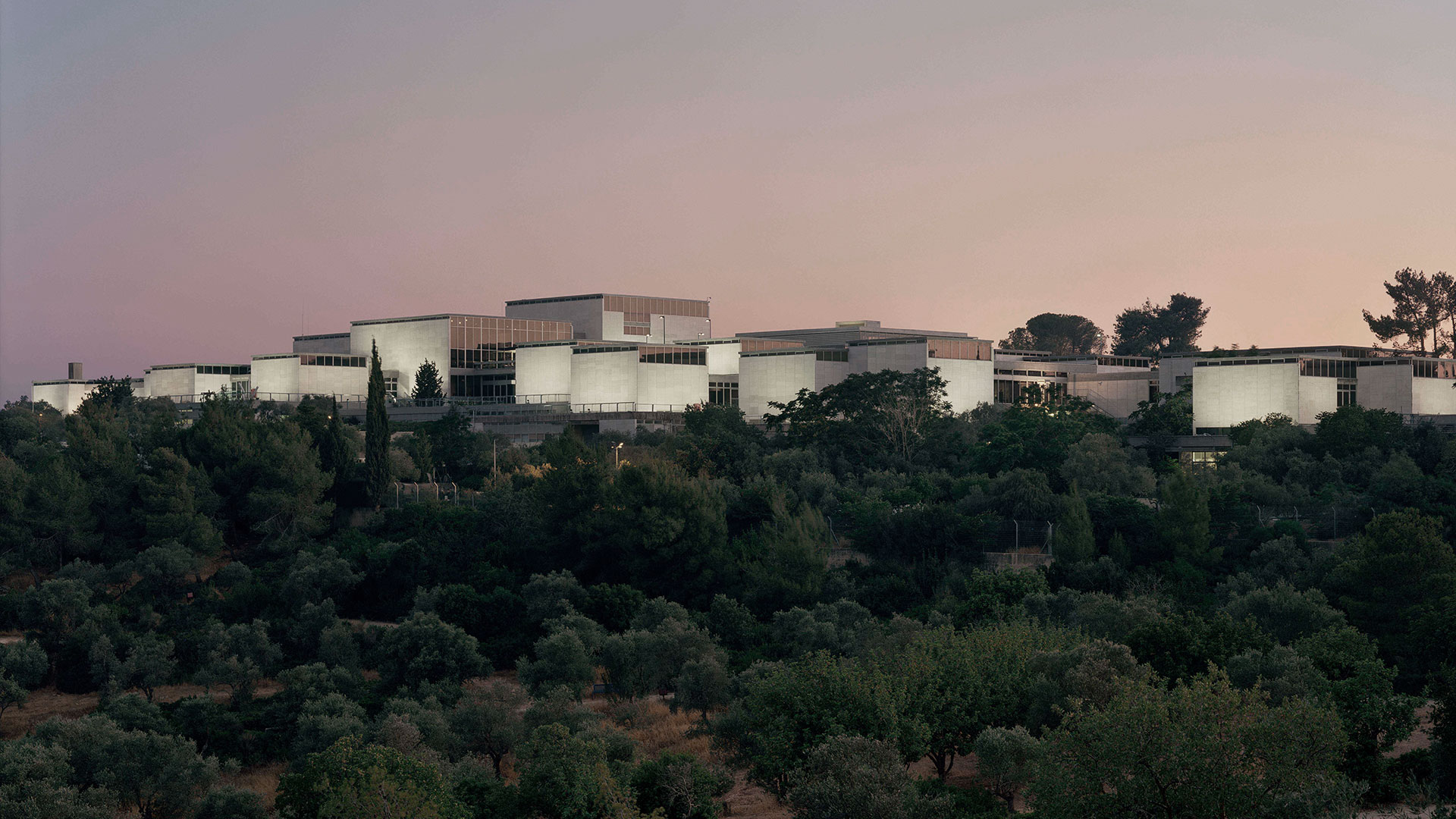
Piecing Together the Past
Ancient Fragments of the Song of the Sea
-
February 26 2010 - June 9 2010
Curator(s): Adolfo Roitman
-
Manuscripts
The Bible, the cornerstone of the People of the Book, was copied by scribes, interpreted by sages, and studied by generations of Jews from all walks of life. The nation’s respect for the Book of Books was also demonstrated by its desire to keep the manuscripts physically intact. This was not always possible, however,due to the hardships they experienced. Very few Hebrew manuscripts of the Bible have come down to us from the "Silent Period" – between the 2nd century, when the last of the Dead Sea Scrolls were written, and the 10th century, when the Aleppo Codex was produced. The discovery of a biblical manuscript, particularly one that served in synagogue services during the "Silent Period," is therefore a rare occasion. Two such fragments of the book of Exodus, originating in the same Torah scroll written during the 7th or 8th century – the Ashkar-Gilson Manuscript and the London Manuscript – found their way, many years later, into different collections. Here they are displayed together for the first time, alongside a fragment of the book of Exodus from the late 1st century BCE, discovered in Qumran, and another fragment of Exodus dating to the 10th or 11th century CE. Featuring excerpts of Exodus 15:1–19, these scrolls are among the earliest testimony to the Song of the Sea. The London Manuscript and the medieval fragment are on loan from Stephan Loewentheil, New York; the Ashkar-Gilson Manuscript is on permanent loan from Duke University, Durham, North Carolina.
MORE EXHIBITIONS
More Events
- May 01
- May 01
- Apr 26May 02May 03May 09May 10May 16May 17May 23May 24May 30May 31
- May 03May 10May 17May 24May 31
- Apr 21Apr 24Apr 28May 05May 08May 12May 15May 19May 22May 26May 29
- Apr 21Apr 28May 05May 12May 19May 26
- Apr 21Apr 24Apr 28May 05May 08May 12May 15May 19May 22May 26May 29
- Apr 22May 06
- May 06May 27
- May 06
- May 06
- May 06Jun 10
- May 08May 15May 22May 29
- May 08May 15May 22May 29
- May 08May 15May 15May 22May 29
- May 08
- Apr 24May 08May 15May 22May 29
